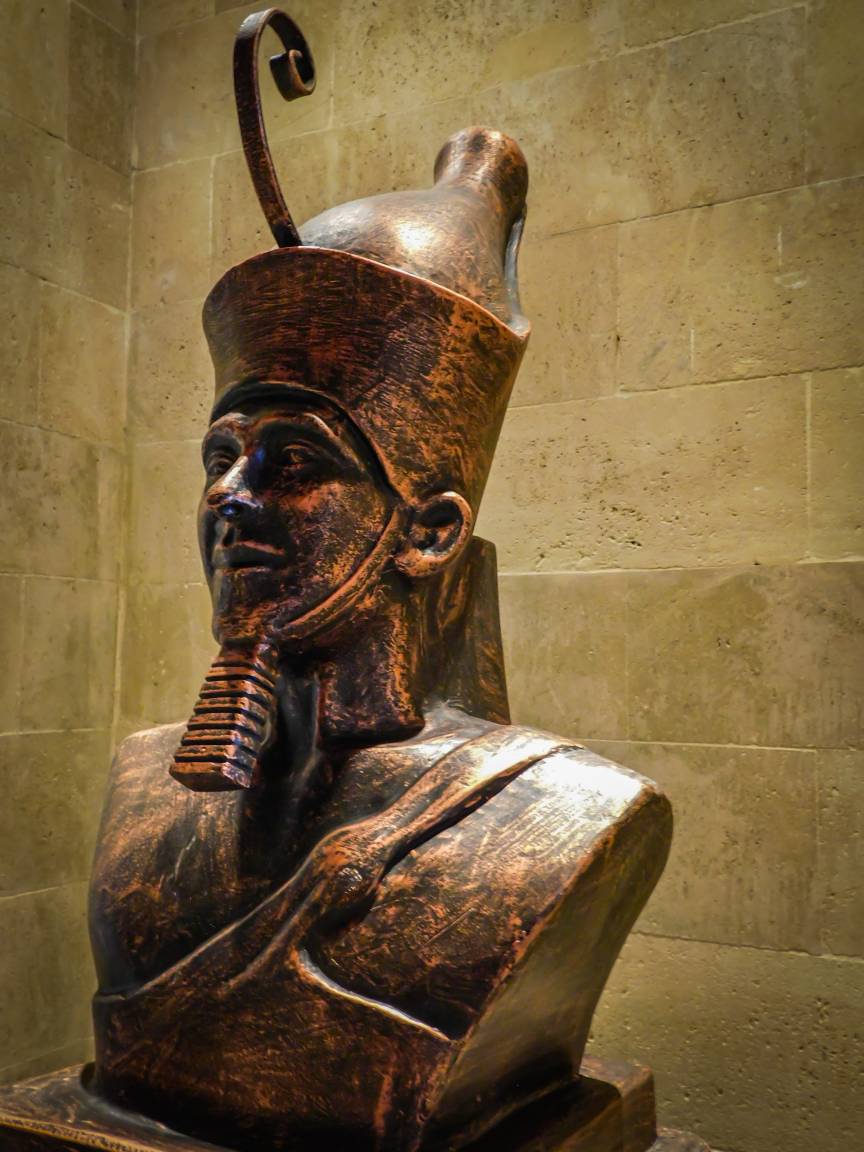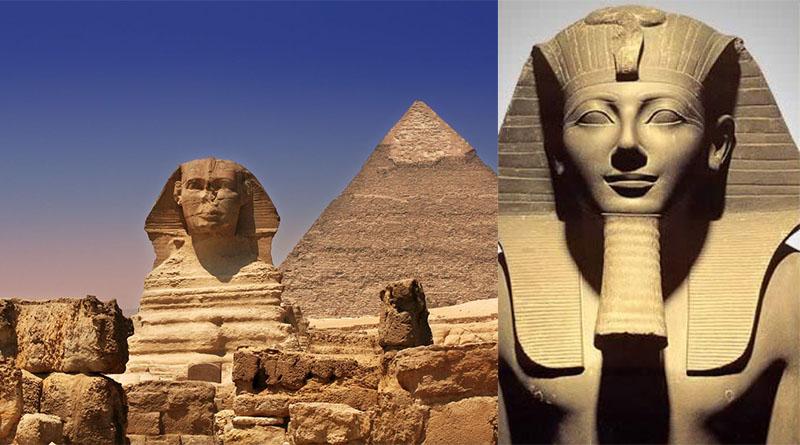Menes (c. 3200–3000 BC) was a pharaoh of ancient Egypt during the Early Dynastic Period. He is recognized by classical tradition with uniting Upper and Lower Egypt and establishing of the First Dynasty.
Although conventional Egyptological consensus links Menes to the Naqada III monarch Narmer First Dynasty pharaoh Hor-Aha, the identity of Menes remains a point of contention. Various authorities attribute the unity of Egypt to both pharaohs to varying degrees. Name and identity.
Menes, often spelled Mena, Meni, or Min, was the fabled first king of undivided Egypt (flourished c. 2925 BCE), who, according to history, united Upper and Lower Egypt into a single centralized monarchy and established the 1st dynasty of ancient Egypt.
Manetho, an Egyptian historian from the 3rd century BCE, referred to him as Menes, Herodotus, a Greek historian from the 5th century BCE, referred to him as Min, and two native-king lists from the 19th dynasty (13th century BCE) refer to him as Meni. Modern researchers have made inconclusive connections between the legendary Menes and one or more archaic Egyptian kings known as Scorpion, Narmer, or Aha.

A tradition found in the Turin Papyrus and the History of Herodotus credits Menes with diverting the Nile’s course in Lower Egypt and founding Memphis—ancient Egypt’s capital during the Old Kingdom—on the reclaimed land, in addition to crediting him with the unification of Egypt through war and administrative measures.
The earliest royal tomb discovered at aqqrah, Memphis’ cemetery, dates from Aha’s reign. Menes was described as a Thinite by Manetho, meaning a native of the Thinite nome (region) in Upper Egypt, and tombs to the kings Narmer and Aha, both of whom may have been Menes, have been discovered in Abydos, a royal cemetery in the Thinite nome.
Narmer also appears triumphant over his adversaries on a slate palette (a painted stone on which cosmetics were pulverized), wearing the crimson and white crowns of Lower and Upper Egypt (see crowns of Egypt), a combination indicative of union.
The entire process most likely took several reigns, and the typical Menes could possibly represent the kings involved. Menes reigned for 62 years before being killed by a hippopotamus, according to Manetho.
 The African History Truly African
The African History Truly African

